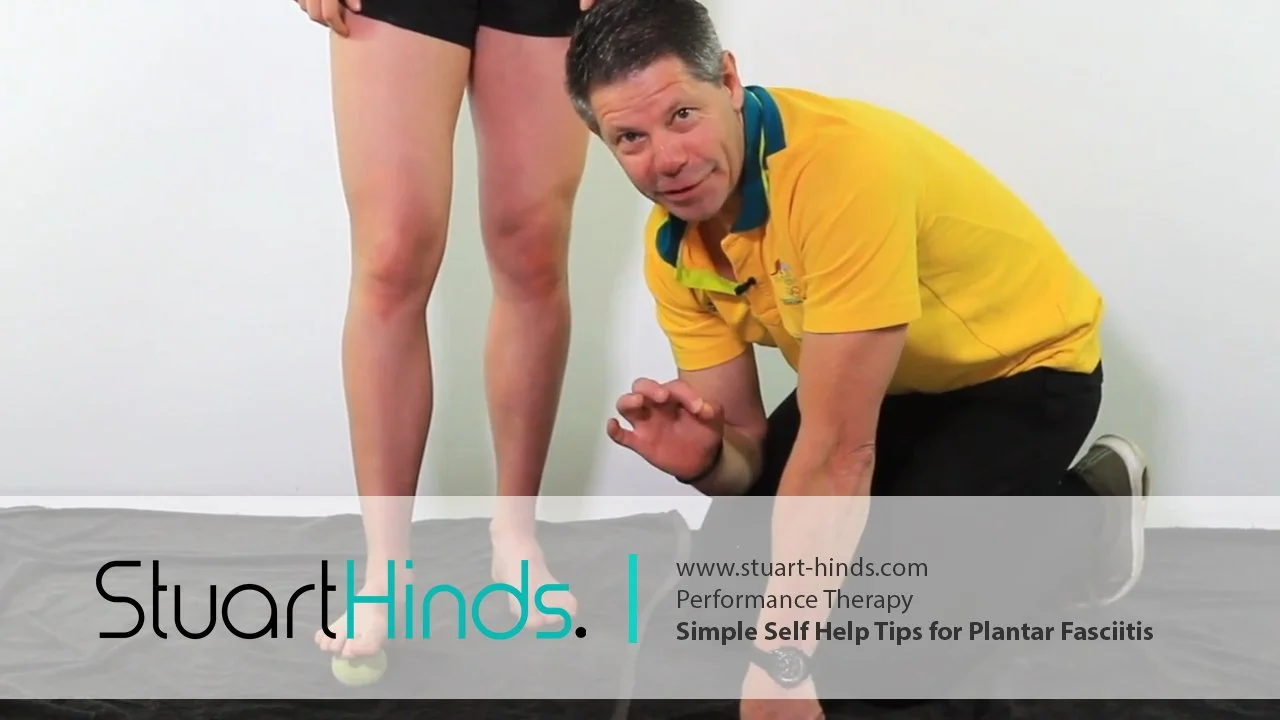Using cupping to treat the deep muscles of the foot
Cupping is a technique adapted from Traditional Chinese Medicine. Cupping is often used in conjunction with trigger point therapy, acupuncture or dry needling. It pulls blood to a region to stimulate healing and can be used effectively for stretching tight fascia and muscles.
Stuart Hinds demonstrates the use of cupping to treat Plantar Fasciitis
Deep Muscles of the Foot
These comprise of Quadratus Plantae, Adductor Hallucis, Flexor Hallucis Brevis, Dorsal Interossei and Plantar Interossei.
Origin
Quadratus plantae: medial head—medial surface of calcaneus; lateral head—lateral border of inferior surface of calcaneus.
Adductor hallucis: oblique head—bases of 2nd, 3rd, and 4th metatarsals. Sheath of peroneus longus tendon; transverse head— plantar metatarsophalangeal ligaments of 3rd, 4th, and 5th toes. Transverse metatarsal ligaments. Antagonist: abductor hallucis.
Flexor hallucis brevis: medial part of plantar surface of cuboid bone. Adjacent part of lateral cuneiform bone. Tendon of tibialis posterior. Antagonist: extensor hallucis longus.
Dorsal interossei: adjacent sides of metatarsal bones. Antagonist: plantar interossei.
Plantar interossei: bases and medial sides of 3rd, 4th, and 5th metatarsals. Antagonist: dorsal interossei.
Insertion
Quadratus plantae: lateral border of tendon of flexor digitorum longus.
Adductor hallucis: lateral side of base of proximal phalanx of great toe.
Flexor hallucis brevis: medial part—medial side of base of proximal phalanx of great toe; lateral part—lateral side of base of proximal phalanx of great toe.
Dorsal interossei: bases of proximal phalanges: 1st—medial side of proximal phalanx of 2nd toe; 2nd to 4th—lateral sides of proximal phalanges of 2nd to 4th toes.
Plantar interossei: medial sides of bases of proximal phalanges of same toes.
Action
Quadratus plantae: flexes distal phalanges of 2nd to 5th toes. Modifies oblique line of pull of flexor digitorum longus tendons to bring it in line with long axis of foot.
Adductor hallucis: adducts and assists in flexing metatarsophalangeal joint of great toe.
Flexor hallucis brevis: flexes metatarsophalangeal joint of great toe.
Dorsal interossei: abduct (spread) toes. Flex metatarsophalangeal joints.
Plantar interossei: adduct (close together) toes. Flex metatarsophalangeal joints.
Nerve
Quadratus plantae, adductor hallucis, dorsal interossei, plantar interossei: lateral plantar nerve, S1, 2.
Flexor hallucis brevis: medial plantar nerve, L4, 5, S1.
Basic Functional Movement
Examples
holding a pencil between toes and ball of the foot
helping to gather up material under the foot by involving the great toe
making a space between the great toe and the adjacent toe
facilitating walking
Referred Pain Patterns
Quadratus plantae: heel pain
Adductor hallucis: forefoot pain
Flexor hallucis brevis: pain around 1st metatarsophalangeal joint
Dorsal/plantar interossei: second digit pain (anteroposterior)
Indications
Foot/heel pain
Pain in 1st metatarsophalangeal joint
Bunions/hallux valgus
Pain in second toe
Forefoot pain, stiffness in tissues (inability to use orthotic support)
Problems with walking
Numbness in foot
Hip/knee/ankle pain
Heel spur
Plantar fasciitis (quadratus plantae)
Causes
Arthritic toes
Poor footwear (heels) or orthotics
Sports (e.g. swimming, walking, jogging, running, sprinting)
Hypomobile ankles
Toe clawing
Trauma
Chilling in wet socks/cold water
Differential Diagnosis
Morton’s neuroma
Metatarsalgia
Plantar fasciitis
Heel spur
Stress fracture
Articular (joint) dysfunctions
Injured sesamoid bones
Lumbar radiculopathy (foot drop)
Hallux valgus
Calcaneal compartment syndrome
Gout
Arthritis
General Advice
Stretching with cold (and/or hot)
Examine footwear (is it too tight?)
Treat any joint dysfunctions
Stretching exercises/home stretch over tennis/golf ball
Proper orthotics
Gait/posture analysis
Self-pressure and/or pressure tools are recommended, as these muscles respond well to pressure. Try the pencil with a rubber tip techniques.
Disclaimer
These articles are intended to be used for information purposes only and are not intended to be used for medical diagnosis or treatment or to substitute for medical diagnosis and/or treatment rendered or prescribed by a physician or trained healthcare professional. This information is designed as educational material and should not be taken as a recommendation for the treatment of any particular person or patient. Always consult your physician if you think you need treatment or if you feel unwell.






